
From how she got started with photography and created her truly unique style and brand to her keys to success that help her sustain her business, read on to find out more about Sierra – the artist and the businesswoman.
ShootDotEdit: Let’s start with your journey. How did you get started in photography?
Sierra: I got started with photography really, really young. My grandfather was an amateur film photographer and really loved and enjoyed photography because he was a paraplegic. So he had to experience the world a little bit differently than the rest of us. With photography, he was able to capture these moments and capture things that maybe he wasn’t able to get very close to. So he used long lenses, and I remember as a child, he would pull over on the side of the road with his car, roll down the window and start taking photos of something that inspired him. So I started with that experience really young. Taking film photos with him, going to national parks, all those wonderful things.
But as I grew up, I never really thought that photography would be a career for me. I thought that it was solely the passion part of my life and that ultimately I would end up doing something else. It wasn’t until college – I was a business major and about halfway through school – I was like, “Ooh, I don’t know if I want to do this for the rest of my life.” So I ended up double majoring in photography and art and ended up shooting my first wedding in my senior year of college. I absolutely fell in love with it and decided to move forward with that, and now here we are 10 years later. I kind of feel like I get to keep my grandfather’s legacy alive because he loved photography so much. So it is a really special and important part of myself that I put into the business.
ShootDotEdit: That’s pretty great! And with Sierra Solis Photography, do you solely focus on weddings and engagements?
Sierra: I am focused on wedding and engagement photography. I do tend to do family photography, but it’s simply because I have wedding and engagement clients coming back to me once they have their own children.
ShootDotEdit: So that’s more like serving your current clients in a different way. That’s awesome. Considering your journey and your business model, do you consider yourself an artist first or a business person first in this iteration of your life right now?
Sierra: I would say that when I first started my career, I was definitely an artist above all else. I would do what I wanted specifically. I would photograph in a way that I thought was good. I was changing my style constantly to fit my moods. But then, as I progressed as a businesswoman and as an artist, I truly realized that the most successful photographers or the most successful artists in a broad sense are actually really good business people. You’re able to hone not only your artistic ability but really sell yourself and show people your worth. So for me now, I definitely feel like I am a businesswoman first and an artist second. That doesn’t mean one is less important than the other, but I find a lot of joy in becoming this businesswoman and all the behind-the-scenes stuff that I have to do in order to show my art to the world and to my clients and to keep it relevant throughout the 10 years that I’ve been working.
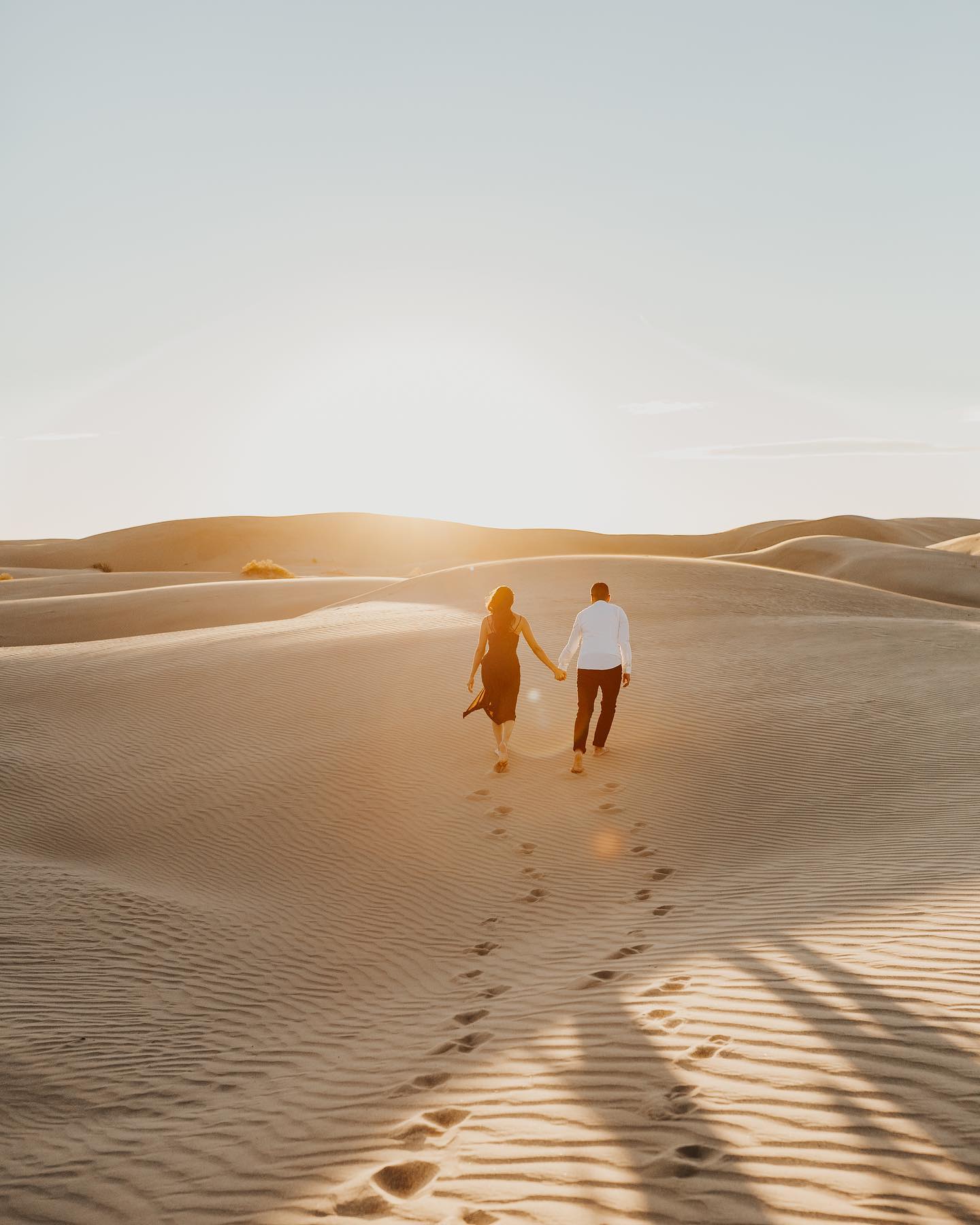
ShootDotEdit: That’s a great way of looking at it. At some point, the artist and the businessperson do have to meet halfway, and that’s not necessarily taking away the importance of one from the other. What do you love the most about being a photographer, and what do you love the least about it?
Sierra: What I love the most is the staying power and the heirloom quality of the images that I create. I have this deep tie to photography through my grandfather and being able to see the longevity of what photographs hold – whether it was photographs that I took as a young child or photographs that he took of us as young children. Being able to look back at those, now, 25 years later is really important to me.
I always tell my clients that a good handful of their wedding photos are for today, but a lot of these photos are for 15-25 years down the road. When you’re looking back at your life and seeing what you’ve done, what you’ve accomplished, and just sharing those moments with your children, your grandchildren, people who weren’t able to experience those moments with you. I think it’s really important to create that legacy. Being able to make something for someone that captures a little point in time – that’s what I really enjoy.
Usually, with weddings, we’re dealing with a big, huge, happy point in time, but even throughout the day, there are little emotions and little moments that can kind of get caught up in the mix. It’s nice to be able to have a photo of that moment you had in the morning as you were getting ready, looking forward to the rest of your life, and it’s important for me to capture that for my clients. So that’s definitely my favorite part about what I do.
I think my least favorite part has to do with the uptick in social media and social sharing. Sometimes, those little moments, those little precious memories, can get lost in the greater scheme of all the beautiful things, especially with weddings. It can take away from the actual true, authentic, deep, heartfelt meaning of the commitment and the choices you’re making on that day. I think that sometimes we get very excited to show how beautiful the wedding was or how grand the wedding was. But I always try to focus and bring it back to people and emotions over things. So I guess that’s my least favorite part. I understand it’s part of it, but I always try to remind clients and remind myself that yes, these florals are beautiful, but grandma sitting over there crying is more important and more beautiful.
ShootDotEdit: That’s a really interesting perspective. Now, of course, with the pandemic, things were different. But at Sierra Solis Photography, do you do more elopements than weddings?
Sierra: I think definitely even prior to the pandemic I was shifting and focusing more on elopements and more intimate weddings. Even now, after the pandemic, I’m seeing wedding guest lists get scaled-down, and people are coming back to the heart of everything. At least in California. we’re not really seeing large 300 person weddings anymore. We’re seeing a lot more guest lists under 100. So I think the makeup of a wedding is changing a lot. And with that, my business is changing and growing into doing more intimate events.
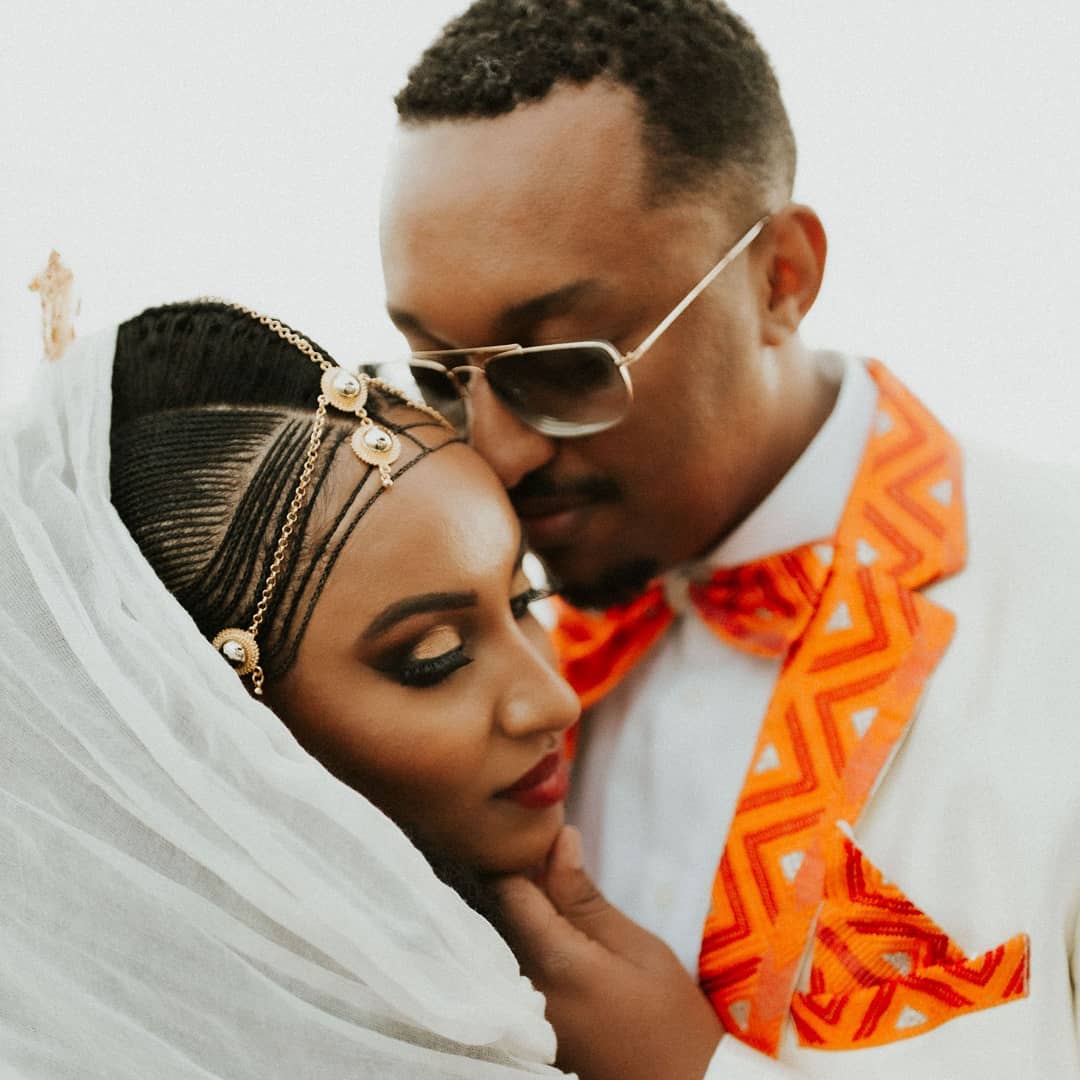
ShootDotEdit: And that probably speaks to your love of capturing people and emotions over things because those moments shine the most in intimate events. So let’s talk about business, about being a businesswoman. What do you wish you knew before you started? If someone came to you and said, “I want to be a photographer, just like you.” What’s the first thing you would say to them?
Sierra: Something that I didn’t do and wish someone had told me to do is to not focus on working with only one mentor. It’s very important to have a mentor. But I think you need a team of different individuals helping you shape and scope who you are as a photographer, who you’re going to be as a business person. And it takes a team. It takes a whole bunch of different people who are very skilled and have different expertise to kind of create you as a perfectly sculpted and well-rounded photographer and businessperson. I think at the beginning of my career, I really focused on this one photographer and this one team that I really wanted to be like. As I progressed through my career and through my life, I realized that it was so much more valuable to garner experience and expertise from a whole bunch of different people.
You can learn the most from someone who is outside your specific niche. And then you can bring that knowledge back to your niche, your business. You could be talking to a business coach who doesn’t really deal with photography too often, or a specific example for me is one of my good friends. He does model photography and headshots, and he really taught me how to light receptions and to use off-camera light when it’s needed. That’s something I didn’t necessarily get in my early mentoring program because they just didn’t do that. So I think it’s really important to not shape and sculpt your view of being a businessperson or being a photographer based on one person.
ShootDotEdit: That’s fantastic advice! So can you list 3-5 things that you think a photographer as a business owner has to do in order to be successful?
Sierra: I would say that the number one thing would be making sure that you have control over your budget and that you have a good rate of return. So don’t just put down a magical number that you think your photography costs or what you value your work at. You really have to look and make sure that the market can sustain what your asking price is, that your asking price isn’t too high and that it also covers the entire cost of your business, plus, paying yourself a generous salary or whatever your salary may be. I think that’s the number one thing needed to be successful because you can have beautiful work, but if you can’t pay the bills and keep the lights on, what are you going to do?
Second, surround yourself with different people outside of your specific niche of photography. So make sure you’re reaching out to friends or making friends with people and business people who aren’t necessarily in wedding photography. Make friends with studio managers, make friends with studio photographers who use completely different lighting and do completely different work than you do. They will have a different perspective on how not only to photograph things but how to run their business, so they can help you a lot. This diversification is better than just kind of being in an echo chamber of only hearing what other wedding photographers are saying and only doing what other wedding photographers are doing.
Also, the gear you choose to go with at the very beginning is pretty important. I built my gear from very, very low end and made it to high-end. That way, your creativity isn’t limited by what you can capture with your equipment. I definitely hit a wall in the beginning of my career because I wanted to do things that my camera could not, so that became really frustrating. So start with what you have, with what you already know, but put time into learning all the capabilities of the gear you’re using, that way your creativity isn’t stifled by your equipment.
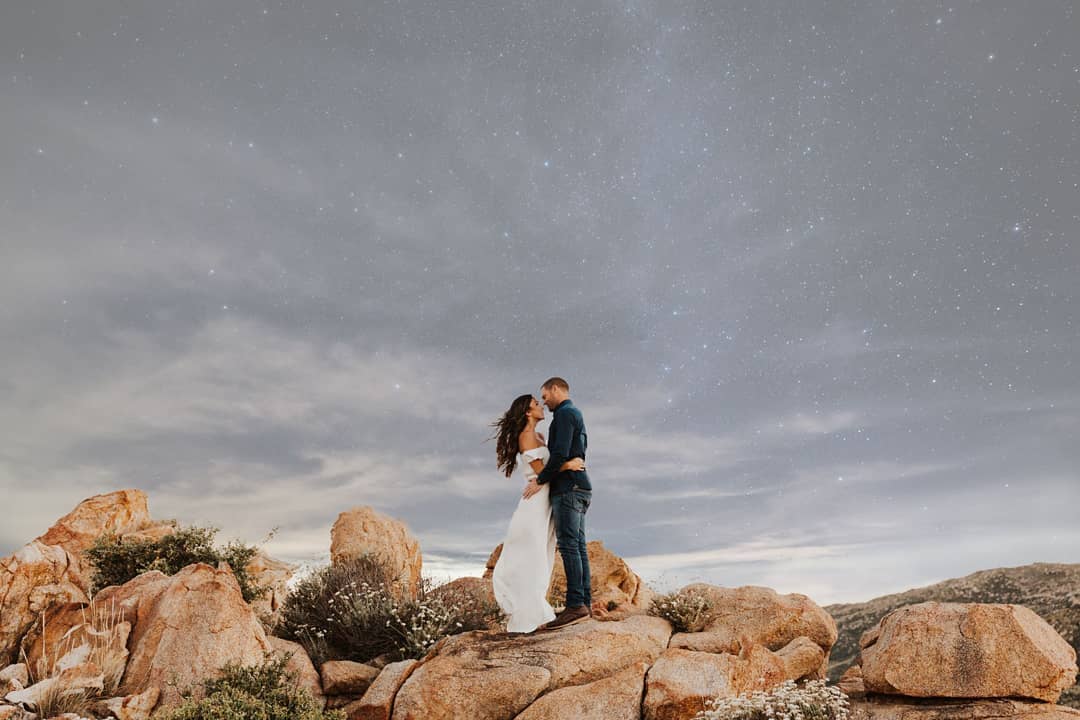
ShootDotEdit: That’s very good advice! So as a business owner and a photographer, what is one of the most difficult things you’ve ever had to face, and how did you overcome it?
Sierra: For me, it was making sure that the business portion of the photography business is situated and in place prior to just jumping out into the world. At the beginning, I didn’t realize how expensive it was to run a business, even beyond the initial startup cost of buying a camera, lenses, and memory cards. There’s a whole lot of other things that you need, like insurance and website and gallery hosting and any kind of additional outsourcing you do end up wanting to do. It’s so important to make sure that you really have a good idea of what the cost to run your business is.
Suggested Read: Top Legal Traps Wedding Photographers Face
ShootDotEdit: That’s great! So, then, was there a moment in time for you, after you’d been in business for X amount of years, before you were like, “Man, I’m not getting paid enough to cover my bills or be a photographer?”
Sierra: Oh yeah. Definitely. I think I knew that I wasn’t getting paid enough within the first two years of doing photography. I was still working another full-time job, and I was also so busy with photography. I was like, “Oh, I’m so busy. Every single weekend, I must be making enough money.” And then I went full-time into photography and realized, “Oh, I’m not making enough money.” I knew then that I needed to reel it back a little bit and kind of reassess what I was charging, how much I was putting into the business, and where it was being spent. So I think at that 2-3-year mark I definitely mismanaged money, was in debt, and then kind of had to pull myself out of it, and restructure the business end of it. The creativity part was never really an issue, it really just was the backend. I was charging too little, doing too many sessions, shooting too much, and not really valuing my time. I realized that I was shooting a session at a loss. I might as well just write a check to these clients and be like, “Here you go! Here’s $100” because that’s what it was costing me on the backend. So you really have to know your numbers before you jump into it, especially if photography is going to be your only source of income. You have to make sure that you can support yourself before you make the commitment to be a full-time photographer.
ShootDotEdit: So when the time came for you to raise your prices, did it work? Was it like I have to raise my prices because I have to, because I have no choice? And did anybody say, “Oh my God, I’m not going to hire you.” Or did you actually see the market transition with you?
Sierra: There was a small attrition rate. And for me, I was a young photographer. I was very emotionally invested in every single client. Not that I’m not anymore, but everything that gets said to you, you get super upset about, and you take it out on yourself, and you feel like you did something wrong or your photography sucks. I think at the end of the day, I had to realize that I had to separate business and my art, and people who appreciate my art will sustain my business, and that ended up happening.
I raised my prices and continued to raise my prices. I run a six-figure business now, shoot 30-35 weddings a year and people pay what I ask for and it supports the life I want to have. Sometimes, you have to understand that you might lose some people if you raise your prices. And that’s okay because if you lose one client who’s not willing to pay your worth, you’re going to find three more who are. It opens up an opportunity to better serve all the clients you do have – you can spend so much more time on them and give them such a great client experience that they are going to sing your praises all day long. And they’re going to recommend your name right off the top of their head when someone needs a photographer.
ShootDotEdit: So even though you are the lead photographer and sole shooter at most of your weddings, how do you respond when a client asks, “I want two photographers. Can you provide that?”
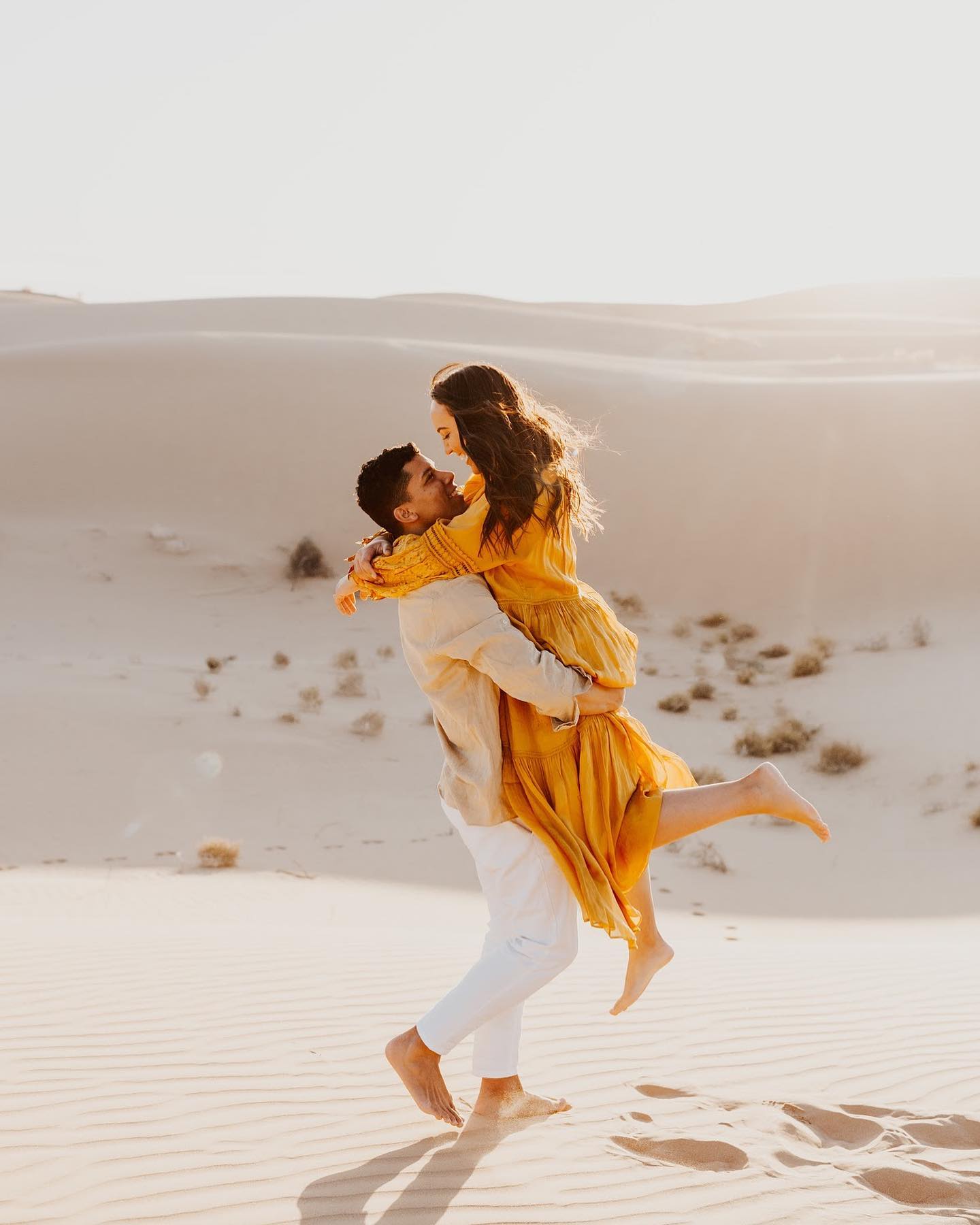
Sierra: It’s something that my clients can add to their packages. I approach the answer to that question based on where the client’s timelines are and what their guest count is for their wedding day. And then I really get into the nitty-gritty and ask specifically, “What’s important about your day? What do you want captured and covered? What do you hope most for when you see images after your wedding day?” And that kind of gives me the information I need to really agree that the client will need a second photographer or if they’re okay with just one. It’s different for every client. I have a lot of clients who say, “Oh, we only care about us being the main focus of the day and our VIPs.” So then I know where to focus. On the other hand, I have clients who, regardless of wedding count, say that, “Every single person, every one of the 120 people coming to our wedding is very, very important, and we want a good amount of photos of each and every one of them.” And that’s the client that needs a second photographer simply because of the amount of people and what their priorities are. They obviously are going to want photos of the two of them, but their priorities are their guests and everyone having a good time. So that’s an instance where having a second photographer would be beneficial and very useful.
I definitely think it’s important to be transparent and understand their needs in order to give them the best service – even before they book officially. That way, there are no surprises on the backend for me or for them. Ultimately, it has to be a good fit for both the photographer and the clients for it to really be a seamless working relationship.
ShootDotEdit: So you mentioned outsourcing. What would you say made you decide to outsource first to ShootDotEdit? When did that moment happen for you, and then what other people do you outsource to and why?
Sierra: I would say that ShootDotEdit definitely accounts for the highest percentage of what I outsource, but then editing also accounts for the highest percentage of what I do on the backend of the business. I think the moment really came when I found that I was editing so much on the backend and spending so much time editing that it created a problem with not only shooting schedules, like shooting engagements or family sessions on the side, but it also created a problem where I wasn’t feeling like I was giving a 100% of myself to my clients on their actual wedding day, but just generally too. So even things like answering emails became such a heavy burden on me that I felt like, “Well, this really shouldn’t be how it is. I should be super stoked every time I get an email and be able to give a 100% of myself to that client in that email or in that correspondence or in that phone call, and not have this weight of a huge wedding gallery that needs to be edited.”
For me, it was a really easy choice to go with ShootDotEdit, just because of the scale of the business itself. I was really impressed with the turnaround times and the overall customer experience. Outsourcing my editing fit right into the workflow that I already had going and freed up a whole bunch of my time. So after the first couple of months of really honing down the style with ShootDotEdit, I had so much more free time. I felt way more refreshed. I got to spend more time with my clients, my family and had more time to photograph clients because all of a sudden, I didn’t have this heavy burden of this huge editing queue that takes up a lot of time. I’m actually able to be more present with clients and in my everyday life. So it was definitely a big plus for me and an easy decision to give that over to ShootDotEdit and feel comfortable and happy with the decision.
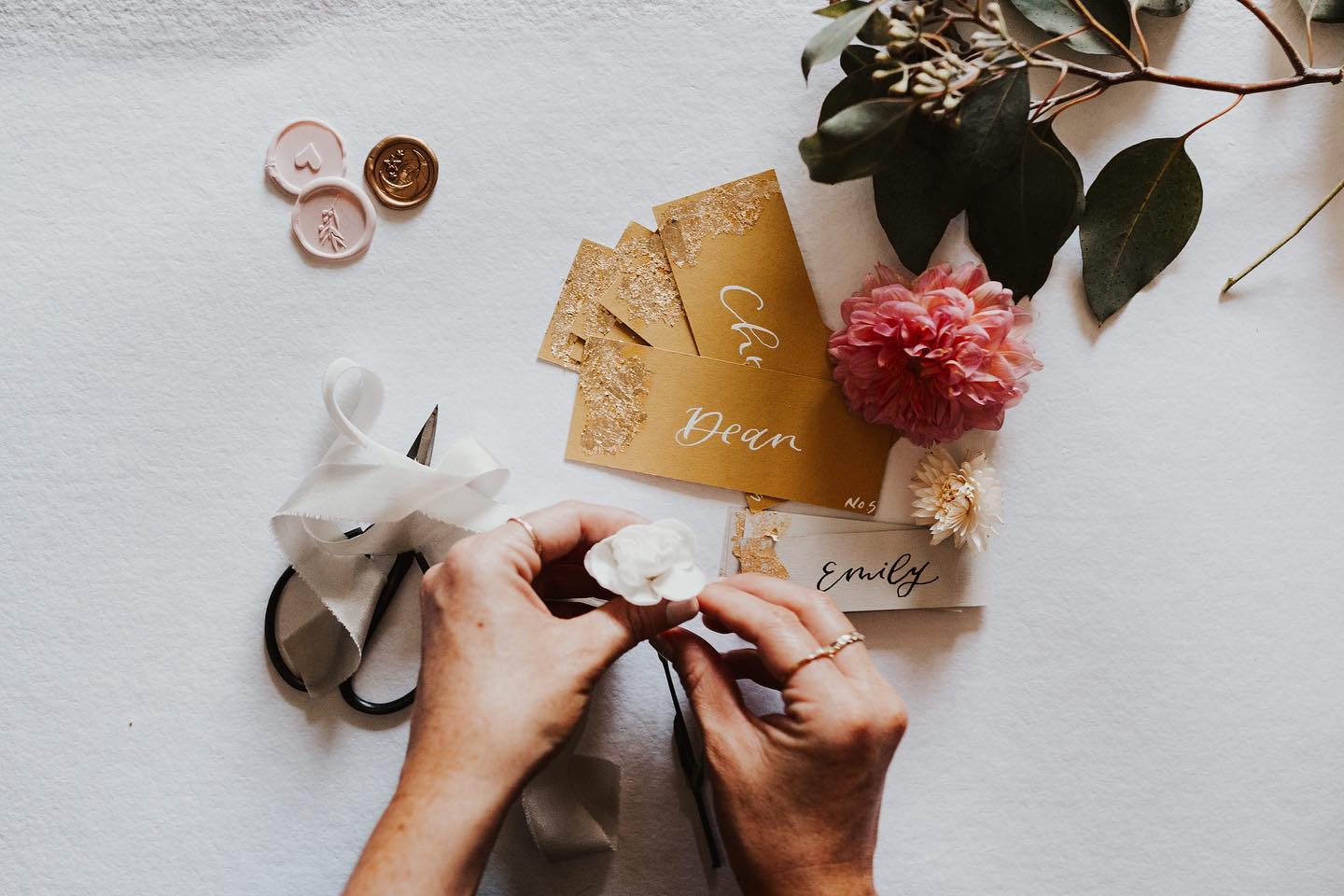
ShootDotEdit: What would you consider to be some of your best business practices? What have you really honed and become an expert at?
Sierra: I think I went about halfway through my career when I realized that I was doing a lot of the same things for every client multiple times. I was like, there’s gotta be a way to make this easier or at least have some kind of plan going into it. Then ultimately, I got hooked up with HoneyBook, and through that CRM, I have been able to create a really streamlined workflow for my clients – from the inquiry to the finished product. So I think the best thing for me has been creating a streamlined workflow and making sure that my clients get a great experience with my business from the second they hit ‘Contact Me’. And that includes having a very well-thought-out designed brochure that shows who I am – not only who I am as a person, but what they can expect from the studio and their experience with me.
I also make sure I am checking in with my couples throughout the course of their wedding planning. I realized how important this step was while planning my own wedding because not a lot of vendors check in consistently with their clients and the ones who did made a bigger impact on me. Just getting an email from one of my vendors saying something like, “Hey, checking in to see how you’re doing” or “How are you guys? How’s planning going along? Anything I can help you with?” was huge. So that was a very big part of what I wanted to give my clients – that constant check-in. Even if we have nothing to do in preparation for the wedding, I always want to make sure that I’m fostering that friendship with them. And so I build this check-in into my workflow and can automate those things to a certain extent, and that really helps because then I don’t have to remember where I am at in the process for all 35 of my clients.
So, HoneyBook automates this process for me. It says, “Hey, this is on your to-do list today.” So I go through and just make sure I personalize it for them. Maybe there is something that they need to do, or I need to do for them. That kind of automation of the workflow has really helped me. And I feel like it gives my clients an overall great experience. This workflow and this process helps my clients foster a relationship with me where they feel like they can ask questions or ask for help, even if it’s not even related to photography. So being able to open that line of communication is really important.
ShootDotEdit: Earlier, you mentioned that you sort of changed styles with your whim in the early days. So how did you land on the style you have now? How did you build Sierra Solis Photography? Tell us a little bit about that.
Sierra: Ultimately, I realized that in order to get my work in front of more people, I had to look into the things that were striking or attention-grabbing about other brands. Consistency, having a strong brand voice, knowing who’s talking to you, knowing what you’re getting into, and then just putting all that together for my clients. When I was thinking about what I wanted to develop, as far as my editing style, I was looking back at what emotions I wanted to create for my clients. What do I want them to feel when they look back at my images or their images, and how do I want them to remember those moments in the future.
Eventually, I came up with a very warm, classic, film-like style that kind of nods back to me, starting as a film photographer as a child. The warm tones that I like to create in my images hopefully helps the viewer and client feel warm and intimate, and romantic when they look at those images. I think it’s important to try to grab and pull from the emotions of the day and capture them in that still image. Over time, I really looked and saw what I wanted to show people of myself, what I wanted to put forth into the world, and that’s how my editing style was born and I’ve stuck with it. And I think I’m gonna stick with it from here on out.
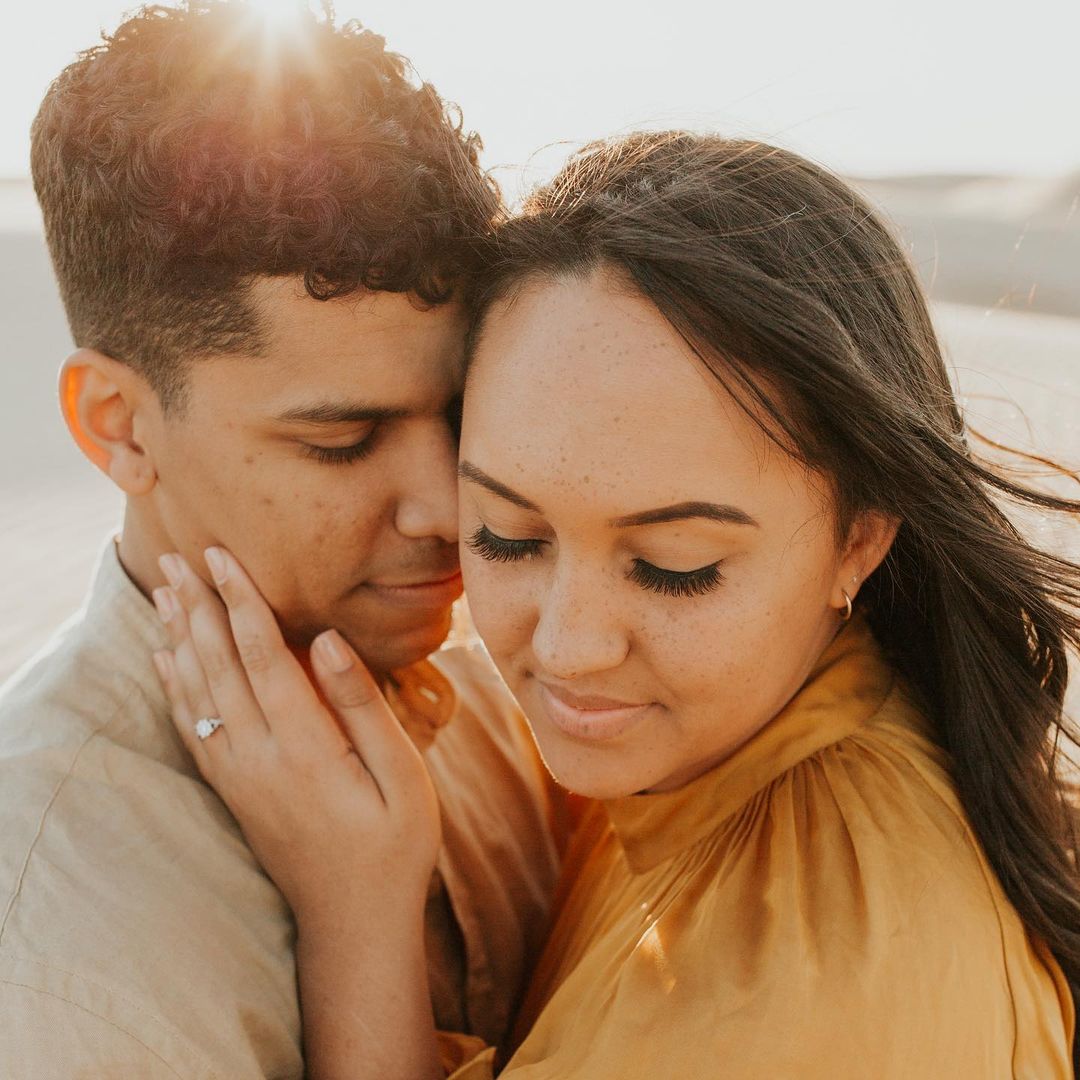
ShootDotEdit: Why do you think wedding photographers go out of business?
Sierra: I think a lot of photographers go out of business maybe because they’re burned out because they do too many weddings a year. Another reason could be the cost of doing business. It’s extremely expensive to be a wedding photographer. I think initially when people get into it, they maybe don’t realize that. I mean, I was very close to going out of business early on in my career. So I can definitely attest to that. That cost of doing business will kill your business if you don’t get a handle on it very early on.
And then I also think that some photographers don’t want to move where the market is going. So, unfortunately, supply and demand, we all kind of have to play by those rules. A perfect example was when we had the stock market crash in 2008 and the huge housing bubble prior to that. This was when I was working with another studio. The studio was charging $6000-$7000 for wedding photography. And then after that, when no one had any money, we had to really reevaluate what we could be charging for weddings and what that would actually cost our clients and what they would be willing to pay. These clients really, truly valued wedding photography, but they just couldn’t pay that anymore. I think it was a hard thing to realize, but it was definitely a needed thing to realize that sometimes you have to change your prices to go with the market.
ShootDotEdit: How about the go-to vendors that you cannot live without?
Sierra: I absolutely love HoneyBook. I’ve been using them, I think, pretty much since they started. It just creates a really seamless business and client relationship for me. Everything front-facing on the client view is beautiful. It looks great and is super easy and intuitive to use, which for me is great because I don’t have to answer a whole bunch of techie questions because I’m not the person for that. So it’s nice having them as my CRM.
For printing and albums, I use White House Custom Colour. I’ve been using them for almost all of my photography career. I feel like they are the most consistent as far as their color, pricing, and quality go. I’ve never had an issue with them. And they are sweetest, nicest, kindest people you could ever work with. I really love their customer service. It works well with my business and with my clients.
I use Pic-Time for my online gallery system. They’re awesome and they have a very beautiful front-facing client interface. They just added slide shows to the galleries, which is great. I think doing a little short snippet slideshow with a good teaser from their day really helps with evoking emotions in my clients when they first see their galleries. I think it is a wonderful way to recreate those emotions that they had on the wedding day because music is so, so powerful. It really brings it all together.
As far as cameras go, I was a Canon girl for a really, really long time. And then I just recently switched to Fuji. I absolutely love both of them. I think Fuji aligns a little bit more with my film style. Honestly, I feel like all professional camera equipment nowadays is just so amazing that it really just depends on what you like personally. And then I use Godox for all my off-camera flash and strobe lighting.
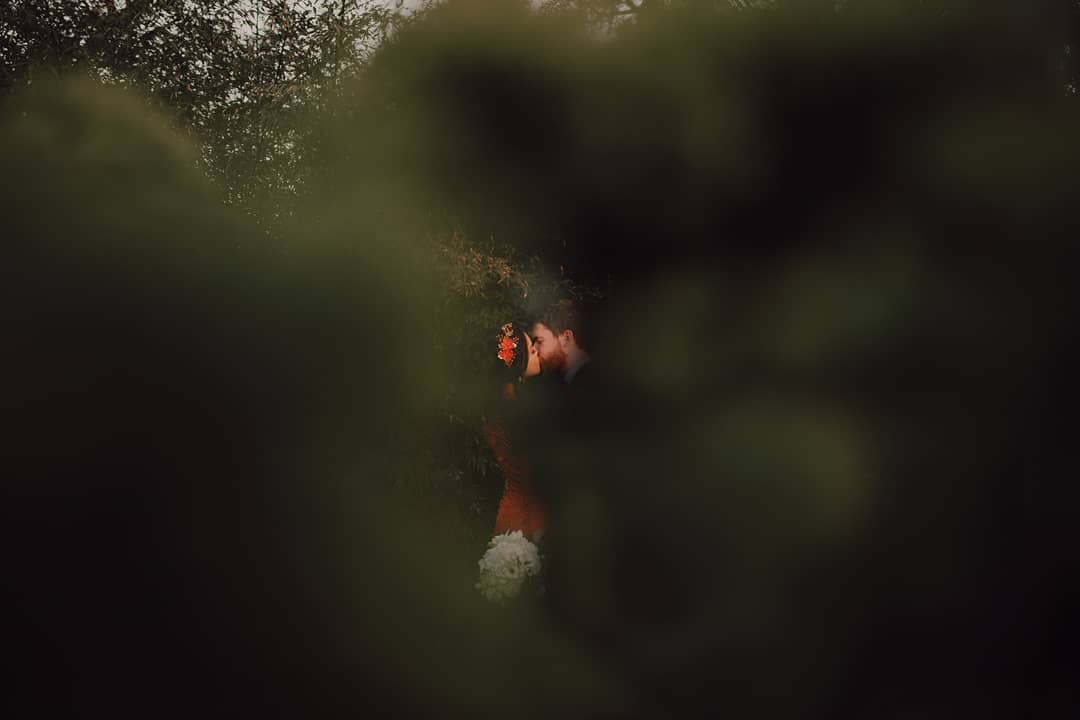
ShootDotEdit: What aren’t people talking about that photographers need to hear?
Sierra: It’s not about you, and it’s not about Instagram. I think at the end of the day, it’s about serving your clients. I think some wedding photographers get big egos and get big heads, and they forget, ultimately, at the end of the day, they are a hired service provider. They are obviously hired for someone’s very, very special day. You need to make your clients happy. So if that doesn’t perfectly align with your aesthetic or your thoughts about what a wedding should be or shouldn’t be, I think you don’t have any place to be telling anybody any different.
I definitely am someone who thinks that every single wedding and every single client is 100% unique, and they all deserve to have wonderful wedding photos captured and that they shouldn’t ever be made to feel like they or their wedding is “less than”. I still do backyard weddings. I still do small, little weddings that don’t have huge budgets. And that’s just because photography is important to that client. And if photography is important to them, then their day is important to me.
ShootDotEdit: That’s really interesting. We are super impressed. Do you do any kind of mentoring? Is that at all in the future for you?
Sierra: Maybe down the road. I really enjoy bringing people to their full potential. That’s really big on the top of my list. I’m really passionate about helping others in any kind of capacity. I’m that person, or friend, who will bend over backwards for everyone, because I think at the end of the day, it doesn’t dull your flame to light someone else’s. So that’s really important to me.
ShootDotEdit: What do you think you could teach well to another photographer?
Sierra: I think I could probably teach workflow and that backend client process really, really well. I’m a great photographer and artist, but I don’t know if I could teach that. Teaching something that is more physically applicable would be something that I would excel at. I also, again, just think that the business portion of being a photographer is so important and something that you should ultimately have in your foundation. I would love to teach other photographers how to streamline their workflow and create that great ongoing client relationship. It really can help them focus on becoming better artists, and that in turn frees up more of their time to be more creative and have more time for their families and their friends and get more of a work-life balance.
ShootDotEdit: Who is a thought leader that you greatly admire?
Sierra: For me, specifically in the wedding industry, the first would be Anni Graham. I feel like she has a deep love for national parks and outdoor wedding photography. I really resonate with her and her work. I see a reflection of myself in her style, and her technique really inspires me.
Then there is Henry Tieu, an elopement photographer based out of Seattle, Washington. He is genuinely playful. He’s funny. He brings a lot of his authentic self to his client experience and how he presents himself. He’s a great teacher, and he learned from the bottom up as an immigrant in the country. And I think it’s really important that he tells his story so other people of color can be inspired to be photographers. It’s inspiring to me, and I really love hearing his voice.
And then, finally, Maddie Mae. She’s also an elopement photographer, and she is based out of Colorado. She has all these really interesting ways to teach other photographers about business and about how it always relates back to your client. She’s very client-based, and I absolutely love that. But at the same time, she really drives home how important it is to have a very strong business background and be very understanding of where your money is going, where your time is going, and how you’re presenting yourself as a business person to the world. She brings a lot of good information and a lot of good topics to the photography community about not only being a business person but being a creative and how they can simultaneously drive your photography.

Lesser Known Facts About Sierra
- She is a huge Star Wars nerd and, as such, attracts clients who are huge Star Wars fans as well. She brought a lightsaber to her interview with us. No lie.
- Her go-to lens used to be the 35mm. But in recent years, the 85mm has become her favorite.
- She was a Canon shooter for a really long time but now shoots with Fuji because it aligns more with her style.
- Her grandfather introduced her to photography when she was very young, and he inspired her to be where she is today.
Our customers are a constant source of creative inspiration for us (and hopefully, for you too!). But sometimes, some of them, just like Sierra, also reminds us how a behind-the-scenes business sense is so very important to succeed as a wedding photographer. Sierra is a businesswoman first, and we think she has pretty much struck the perfect balance between business and art. Before this interview, we were simply fans of how she captures moments with incredible artistry, but now we are immensely impressed with how she runs Sierra Solis Photography so successfully by sticking to business strategies that give her more time to focus on her clients, not compromise on her art, and thrive as a six-figure photographer.
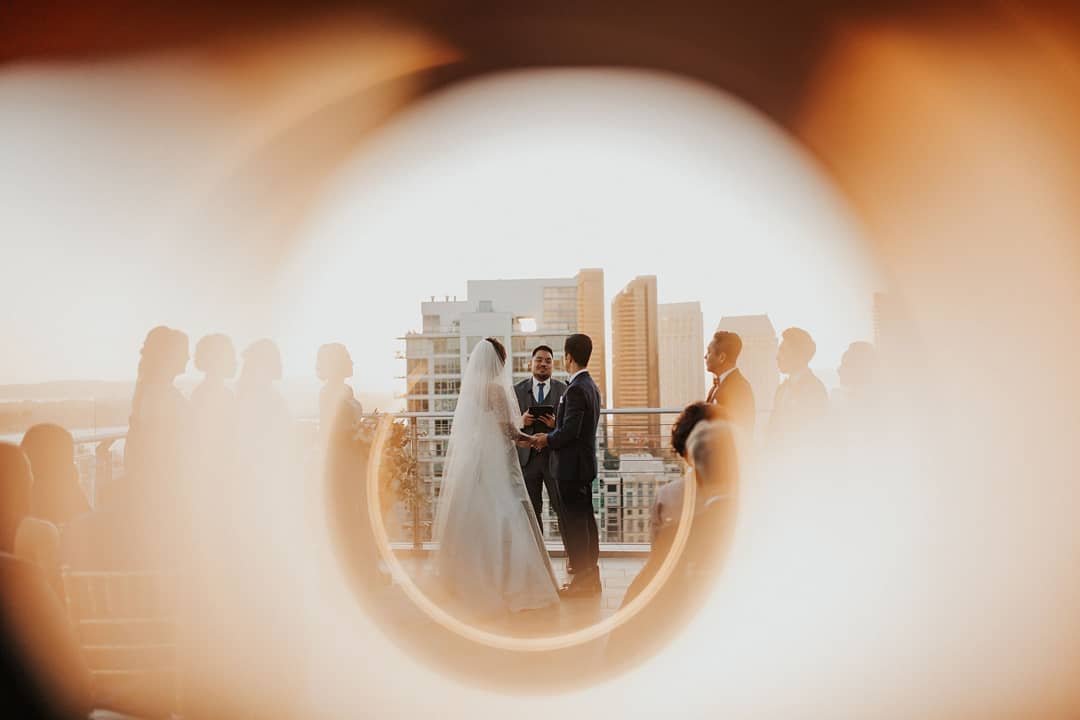 Image Credits: ShootDotEdit Customer @sierrasolisphotography
Image Credits: ShootDotEdit Customer @sierrasolisphotographyThank you, Sierra, for taking the time to talk with us! We were equal parts impressed and inspired by your story and your business. We are so grateful to have customers like you in our family! Thank you for trusting us with your editing, and we hope we continue to help you do more of what you love and create that work-life balance. To check out more of Sierra’s work, you can visit her website, Instagram, or Facebook.
Further Read: ShootDotEdit Customer Reviews: True Testimonials
At ShootDotEdit, we are committed to helping you do more of what you love. And to help lessen your post-production workload so you can do exactly that, we offer professional photo editing services that match your style. To learn more about how we can help your wedding photography business, check out our pricing plans.


Leave a comment